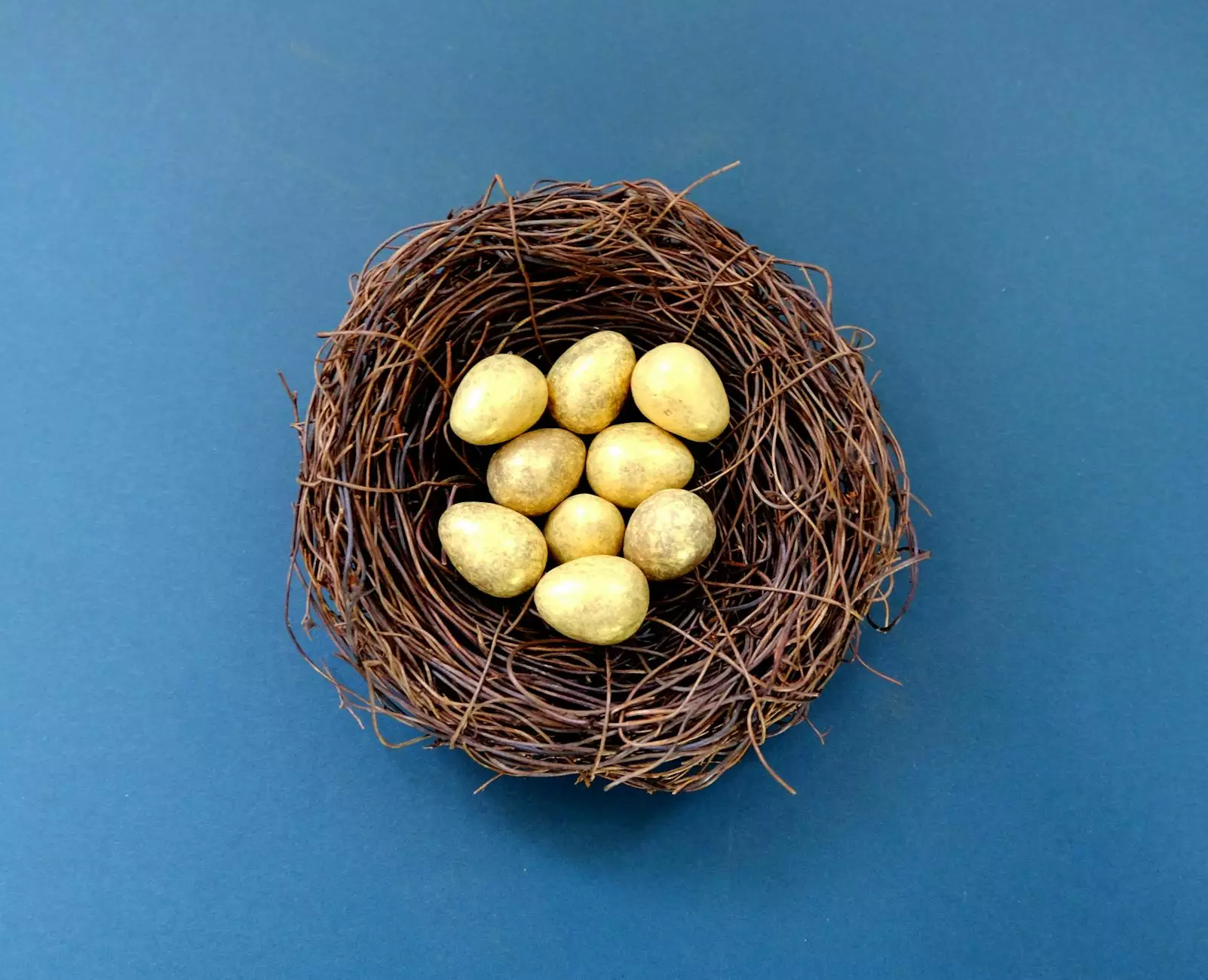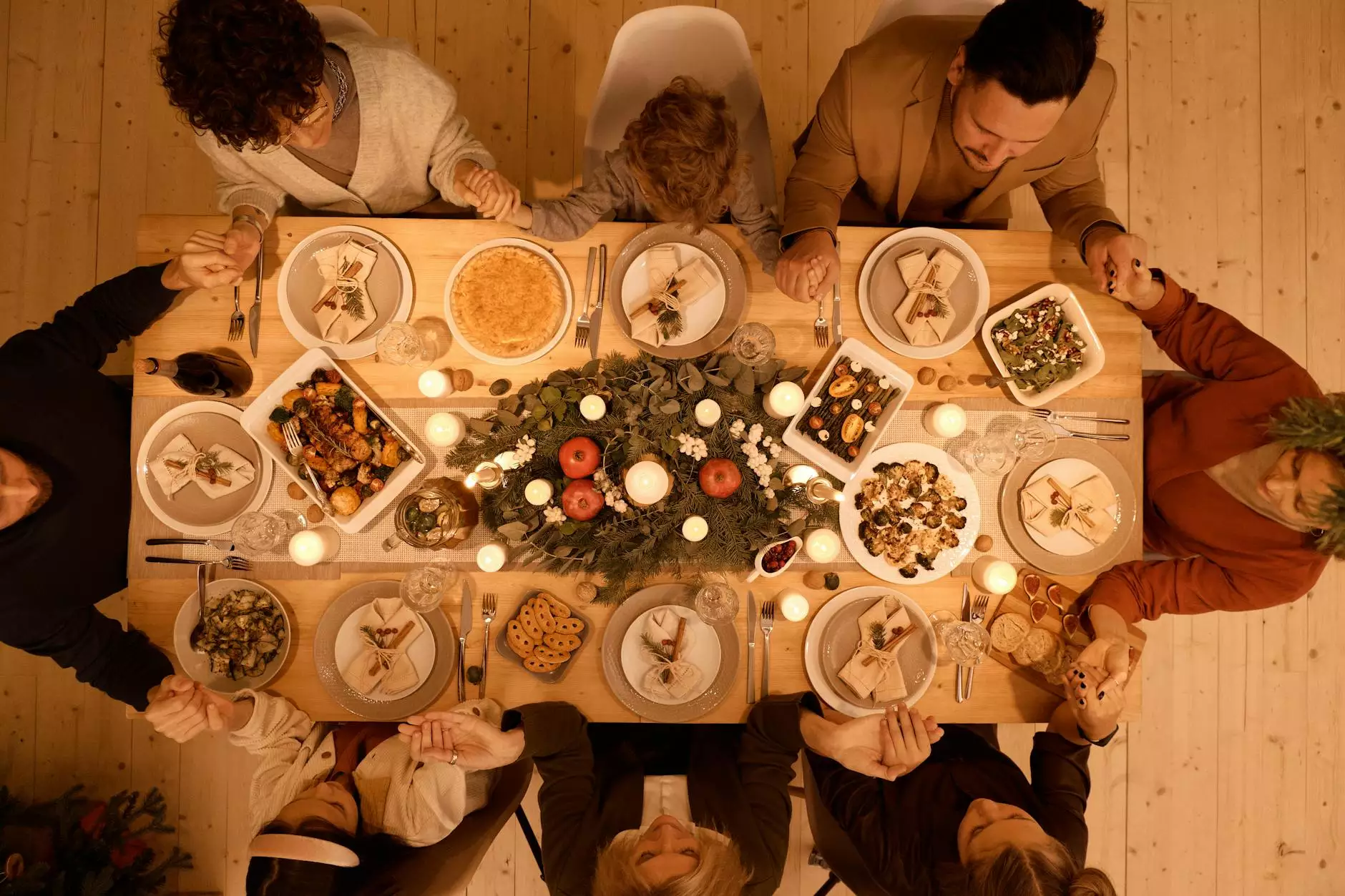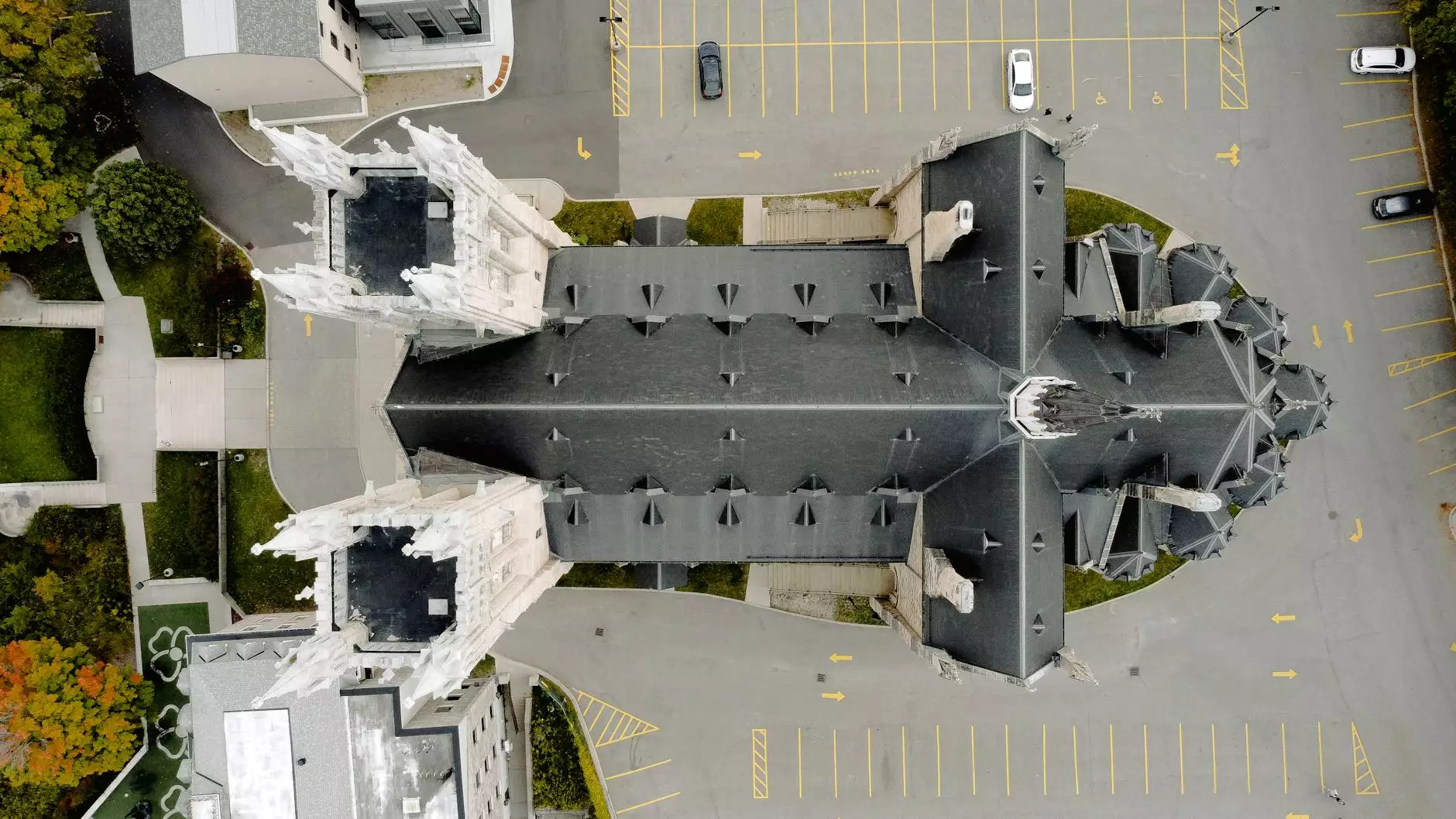Ofrenda: Honoring Traditions and Celebrating Loved Ones

Introduction to Ofrenda
As part of our commitment to sharing knowledge and celebrating diverse cultural practices, The Knowledge Nest presents an in-depth exploration of Ofrenda. Originating from Mexican traditions, Ofrenda holds great cultural significance as a way to honor and remember our loved ones. In this article, we delve into the historical background, traditions, and offer guidance on creating your own Ofrenda.
The Historical Origins of Ofrenda
Ofrenda, which means "offering" in Spanish, has its roots in ancient Mesoamerican cultures such as the Aztecs, Maya, and Zapotec. These indigenous communities believed in honoring their deceased ancestors by constructing elaborate altars adorned with various symbolic items. Over time, this practice became intertwined with the Catholic observance of All Saints' Day and All Souls' Day.
The Cultural Significance of Ofrenda
Ofrenda serves as a heartfelt tribute to those who have passed away, allowing us to remember and honor their lives. It is a way to celebrate their memory, ensuring their spirits are never forgotten. By creating an Ofrenda, we establish a spiritual connection with our ancestors, bridging the gap between the living and the dead.
Creating Your Own Ofrenda
Building an Ofrenda can be a deeply personal and meaningful experience. Here are some essential components to consider:
1. Altar Setup
The foundation of your Ofrenda is the altar itself. Traditionally, it consists of multiple tiers symbolizing different realms: heaven, earth, and the underworld. You can use a table or a designated space in your home as the base for your altar.
2. Photos and Personal Belongings
Select photographs of your departed loved ones to display prominently on your Ofrenda. It's also common to include personal belongings or objects that hold sentimental value to the deceased.
3. Marigolds and Candles
Marigolds, often referred to as "flor de muerto" or "flower of the dead," are a vital part of an Ofrenda. Their vibrant orange color and distinctive aroma are believed to help guide the spirits back to the living world. Place candles alongside the marigolds to create a warm and inviting atmosphere.
4. Food and Beverages
Offer food and drinks that your loved ones enjoyed during their lifetime. These offerings, known as "ofrendas de comida," can be traditional dishes, sweets, or even a favorite beverage. It is believed that the essence of the food sustains the spirits during their visit.
5. Papel Picado and Calacas
Add vibrant papel picado, intricately designed paper banners, to your Ofrenda. These colorful decorations symbolize the fragility and beauty of life. Additionally, include small figurines or sugar skulls (calacas) to represent the departed's souls.
The Ofrenda Experience
When creating your Ofrenda, remember that it is a deeply personal and spiritual process. It provides an opportunity for introspection, remembrance, and honoring the lives of those who have passed away. By embracing this tradition, we pay homage to the rich cultural heritage of our ancestors.
Conclusion
As you embark on your journey to create an Ofrenda, remember that it is not merely a physical arrangement of objects, but a testament to the enduring love and connection between the living and the dead. The Knowledge Nest encourages you to discover the beauty and cultural significance of Ofrenda, connecting with your heritage and honoring loved ones in a truly meaningful way.










